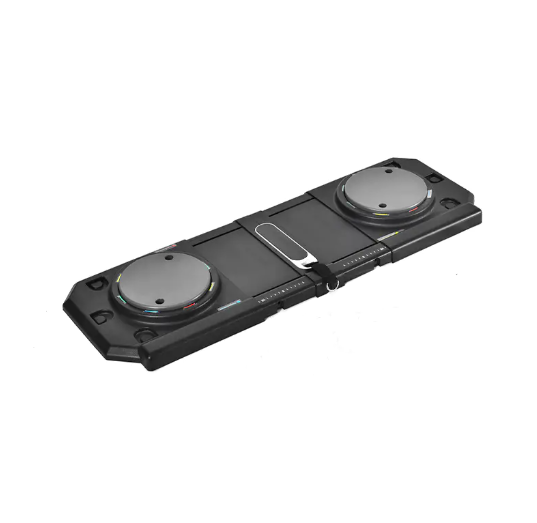Push-up Plank: How Boards and Variations Shape Modern Exercise

Bodyweight training is evolving, and the movement labelled Push-up Plank illustrates that change clearly. The push-up board device supports movement variations where users originate in a plank-style alignment and transition into push-up posture or vice versa. This hybrid approach draws on static core stability (plank) and dynamic upper-body drive (push-up). The design of the board encourages correct wrist alignment, elevated grip positions and multi-directional hand placements, which enable users to perform oblique twists, decline push-ups or angled planks while maintaining safety and comfort.
Fitness brands are promoting the push-up board as part of a broader home-gym ecosystem. The board’s compact size, portability and ease of storage align with consumer demand for flexible and efficient workout tools. It supports a range of exercises beyond standard push-ups: incline variations, side-plank transitions, and oblique-focused sequences. This aligns the Push-up Plank with a functional outcome: improved movement quality, core integration, and full-body coordination rather than isolated repetition.
Further evidence of the Push-up Plank’s relevance comes from its uptake across age groups and ability levels. Beginners may start by using elevated hand positions to reduce load while maintaining body alignment. More advanced users may adopt pike-push or sliding transitions to increase challenge. The board supports this progression by offering stable handles, clear positioning zones and a non-slip base. These features help maintain posture, reduce risk of wrist or shoulder strain, and encourage movement consistency.
In summary, the Push-up Plank is not just a variation of familiar exercises—it reflects a shift in how people train at home. The board tool supports this shift by enabling movement diversity, alignment support and progression across fitness levels.
- AI
- Vitamins
- Health
- Admin/office jobs
- News
- Art
- Causes
- Crafts
- Dance
- Drinks
- Film
- Fitness
- Food
- Jocuri
- Gardening
- Health
- Home
- Literature
- Music
- Networking
- Alte
- Party
- Religion
- Shopping
- Sports
- Theater
- Wellness


